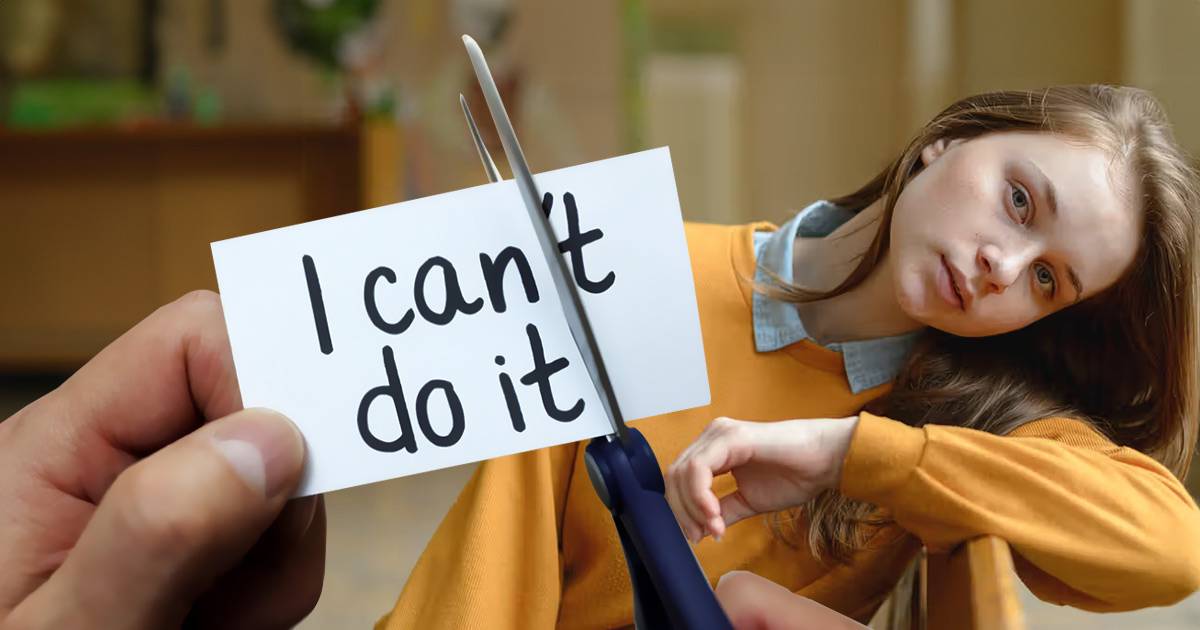What is Crippling Depression? Symptoms, Causes & Effective Treatment Options

Depression is a common mental health issue that affects millions of people in the United States. About 8.3% of adults have at least one major episode of depression each year, showing how widespread it is. This condition goes beyond just feeling sad; it affects both the body and mind. It can drain a person’s energy and happiness, making everyday tasks feel incredibly difficult.
People with depression often pull away from social activities, lose interest in hobbies, and find it hard to keep a healthy lifestyle. They may feel constantly sad, tired, and worthless, which can sometimes lead to thoughts of self-harm or suicide. In its most extreme form, depression can be “crippling,” severely limiting a person’s ability to function day-to-day.
How to Recognize Depression and its Diagnosis
Spotting depression in someone can be tough because symptoms can differ from one person to another. If you see a continuous change in mood, behavior, or daily activities, it might be a sign of depression. A healthcare professional can diagnose chronic depression, also known as Major Depressive Disorder (MDD), by checking if these symptoms last for at least two weeks and seriously affect everyday life. This involves talking about feelings, thoughts, and actions to ensure the diagnosis is correct.
Crippling Depression
Crippling depression is a severe symptom of MDD, where the condition is so intense that it affects someone’s ability to do daily tasks. People with chronic depression might experience:
- Persistent sadness
- Loss of interest in activities they used to enjoy
- Hopelessness
- Fatigue
- Concentration problems
- Sleep disturbances
- Appetite changes
Crippling depression makes these symptoms even worse, causing:
- Extreme exhaustion
- Inability to do basic tasks like getting out of bed
- Trouble with personal hygiene
- Feelings of worthlessness
- Intense guilt
- Recurring thoughts of death or suicide
Recognizing these signs early is crucial to getting the right help and care.
How Real is Crippling Depression?
Crippling depression is a genuine and serious condition, but using the term “crippling” can sometimes offend people with physical disabilities. Physical disabilities usually involve challenges with movement or physical abilities, while crippling depression affects mental and emotional strength, making daily tasks feel overwhelming.
Causes of Crippling Depression
- Genetic Factors: Family history of depression can increase risk.
- Biological Factors: Chemical imbalances in the brain may contribute.
- Environmental Factors: Trauma or stressful life experiences can set off depression.
- Psychological Factors: Personal struggles and negative thinking patterns.
To keep depression at bay and enjoy a good quality of life, try these simple strategies: stay connected with friends and family for support, exercise regularly, and eat a balanced diet. Managing stress is also key, so consider relaxation techniques like meditation or yoga. If you notice signs of depression, seek professional help early.
What are the Treatment Options for Crippling Depression?
If you feel trapped by crippling depression, it’s important to know that there are ways to help you feel better. This is often a part of chronic depression, but with the right mix of medical and lifestyle changes, it can be managed effectively.
Medical Treatments:
- Antidepressant Medications: These drugs, like SSRIs and SNRIs, help balance brain chemicals that affect how you feel. They might take a few weeks to start working, and it may take some time to find the one that works best for you. Always talk to your doctor about any side effects or concerns.
- Psychotherapy: Also called talk therapy, Cognitive Behavioral Therapy (CBT) helps you learn to change negative thoughts and behaviors. It’s a practical way to handle depression and can be done alone or in a group setting.
- Electroconvulsive Therapy (ECT): Used when other treatments aren’t helping, ECT involves sending small electrical currents through the brain under anesthesia. It’s effective in severe cases, and any side effects, like memory issues, are usually temporary.
- Transcranial Magnetic Stimulation (TMS): This treatment uses magnetic fields to stimulate certain areas of the brain. It’s a good option if medications haven’t worked, and it’s generally easy to tolerate, with mild side effects like headaches.
Lifestyle Approaches:
- Regular Exercise: Physical activities like walking, running, or cycling can boost your mood by increasing endorphins. Strive to get at least 30 minutes of exercise every day.
- Healthy Diet: Eating well promotes mental health. Include omega-3-rich foods, vitamins, and minerals, such as fish, nuts, and leafy greens. Stay hydrated and cut back on caffeine and sugar.
- Adequate Sleep: Good sleep is crucial for mental health. Aim for 7-9 hours a night, stick to a routine, and create a calm sleep environment.
- Mindfulness and Relaxation Techniques: Practices like meditation and yoga help reduce stress. They’re easy to learn and can fit into your daily life.
- Social Support: Making friends, family, or support group connections can be consoling and help lessen feelings of isolation. Sharing your experiences can help you see things differently.
- Avoiding Alcohol and Drugs: These can worsen depression and interfere with treatment. Focus on healthy ways to cope, and get help for substance issues if needed.
Depression Recovery: Taking Steps to Heal
Addressing depression early is essential for getting back to the life you want. You can stop things from getting worse by recognizing the symptoms of depression and seeking help as soon as possible. Start by talking to a doctor or therapist about how you’re feeling and what treatments might work for you. Don’t be afraid to ask friends and family for support, and try to incorporate healthy habits like exercise, eating well, and relaxing activities into your routine.
Remember, every step you take to manage crippling depression is a step towards feeling better and living a more enjoyable life. Stay hopeful and determined, knowing that a brighter future is possible.
